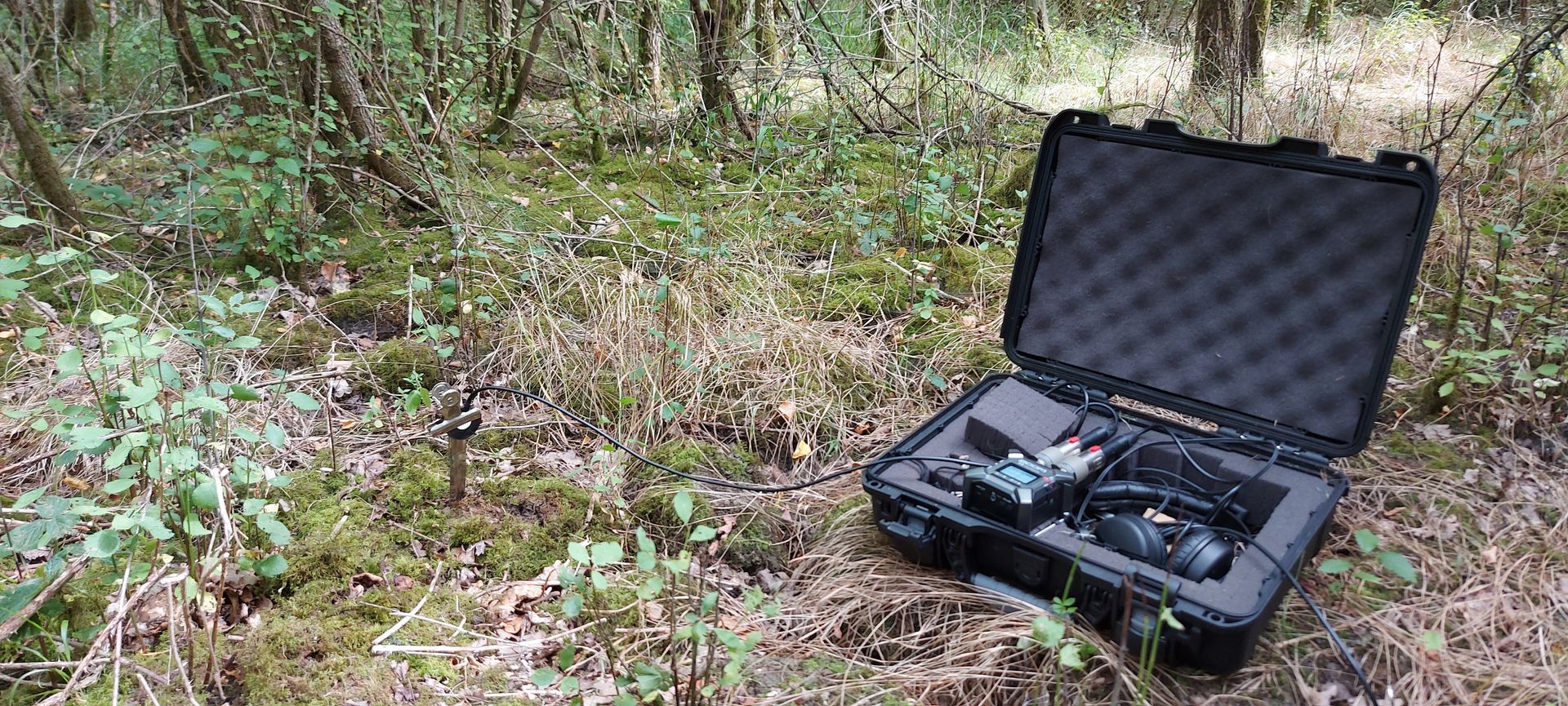Masters study at Monks Wood - update
Thoughts, conclusions and further plans.

Title: The impact of passive rewilding on soil biogeochemical functions in a long- term woodland restoration chronosequence:
Abstract
An investigation of carbon sequestration and enzymatic activity, as well as features associated with these biogeochemical functions, was conducted at Monks Wood. The study site represents a chronosequence of broadleaf woodland afforestation from grassland previously used for agricultural purposes spanning from 26 to 180 years, with an adjacent managed grassland site representing 0 Years. The amount of total organic carbon was measured, as well as the activity of β-glucosidase, chitinase, and phosphatase enzymes. The study concluded no significant variation of total organic carbon. Positive trends against time were observed in the activity of all enzymes, with a notable peak for many features measured at 60 Years. Organic matter content, pH, , gravimetric moisture content, ionic content and rate of CO2 produced by the soil were investigated.
Translated by Sam:
The purpose of the study was to determine if potential soil microbial carbon processing (such as carbon dioxide production) is reduced with age along a woodland regeneration chronosequence. We did this by incubating soil samples in the lab under controlled conditions and measuring the rate of carbon dioxide production as well as extracellular enzyme activities that degrade soil organic matter. We found no significant effect of chronosequence age on soil carbon, carbon dioxide production or enzyme activities. However, organic matter and moisture appeared to be significantly higher between grassland (0 years)
and old woodland (180 years). These results are in agreement with our current understanding of carbon gain in woodland systems but more research is needed to better understand the spatial and temporal controls soil carbon processes. Of most interest was a spike in nitrite concentrations at 60 years that is usually an insignificant pool in soil due to its transient conversion from ammonium to nitrate via nitrification.






